When it comes to system errors somewhere, it is usually more synonymous with Windows or Android devices. But it is true that even Apple products do not avoid various shortcomings, although perhaps to a lesser extent. In addition, the company always paid for the one that tries to solve the errors and fix them promptly. Not so now.
If something Apple clearly did not succeed, it was a matter of a few days, when it released, for example, only the hundredth system update that solved the given problem. But this time it is different and the question is why Apple still does not respond. When he released iOS 16.2 along with the HomePod update, it also included the new architecture of his Home app. And it caused more problems than good.
It could be interest you
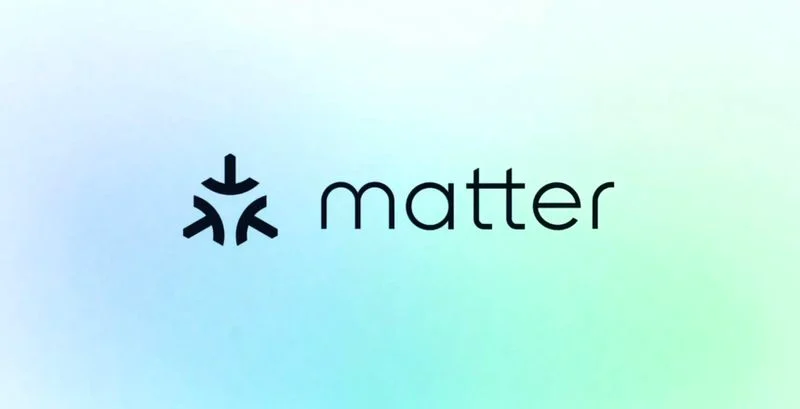
Not every update brings only news
This, of course, takes care of managing accessories compatible with HomeKit. It was supposed to improve your entire smart home not only in terms of performance, but also speed and reliability. But the transition to a new architecture is rather the opposite. It rather disabled them for users of HomeKit products. It also applies not only to iPhones, but also to iPads, Macs, Apple Watch and HomePods.
In particular, with them, if you want to give Siri a command, she will tell you that she is unable to do it, because she cannot see the given accessory that you want to control. You then have to set it up again or activate its function through a "personal device", i.e. iPhone. However, resets and restarts do not always help, and in practice you can only wait for an update from Apple before they face the situation and solve it.
It could be interest you
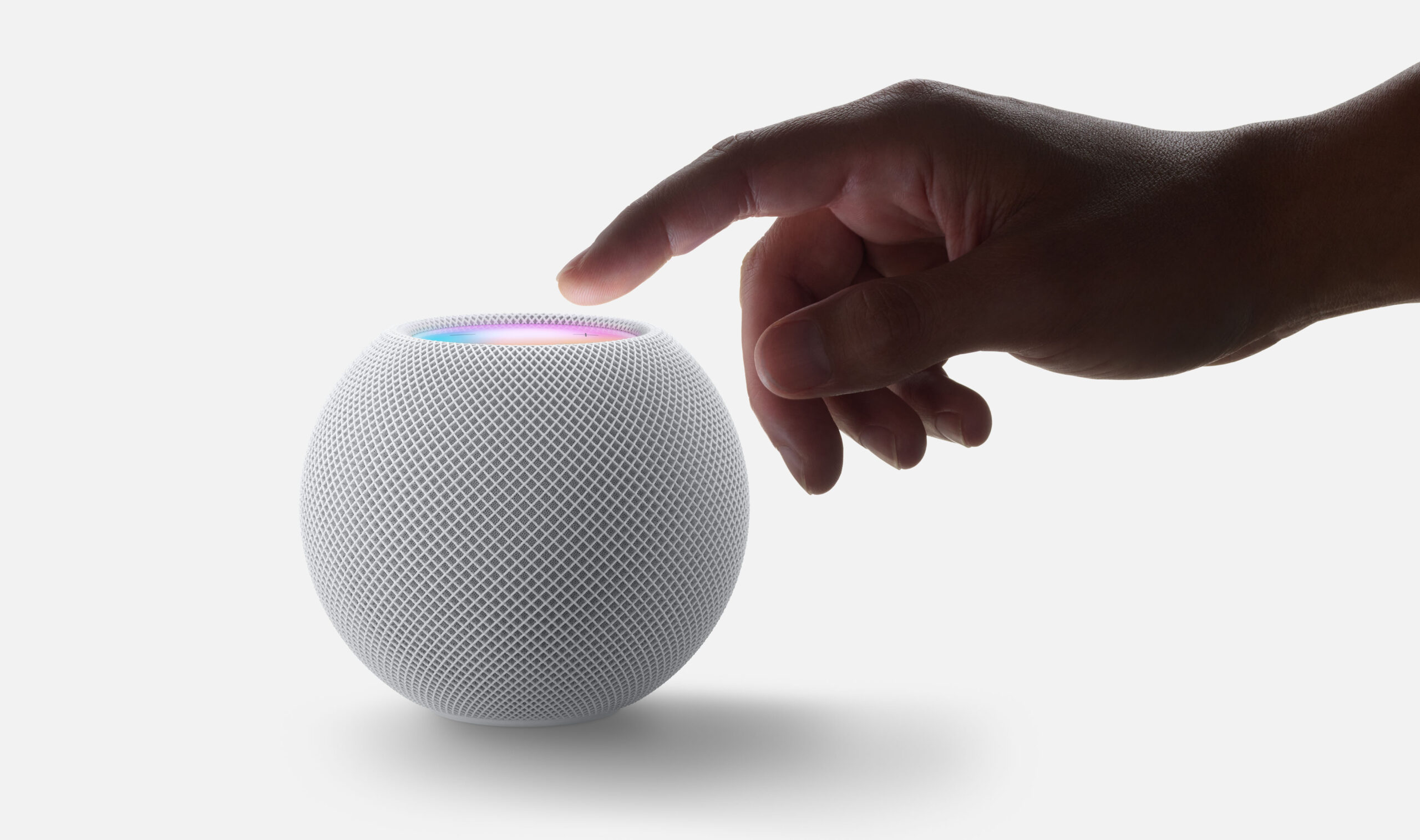
But iOS 16.2 was already released in mid-December, and even after a month nothing is happening from Apple. At the same time, it cannot be said that this is just some small thing, because the whole year 2023 should belong to smart households, thanks to the new Matter standard. However, if this is the future of the smart home presented by Apple, there is not much to look forward to.


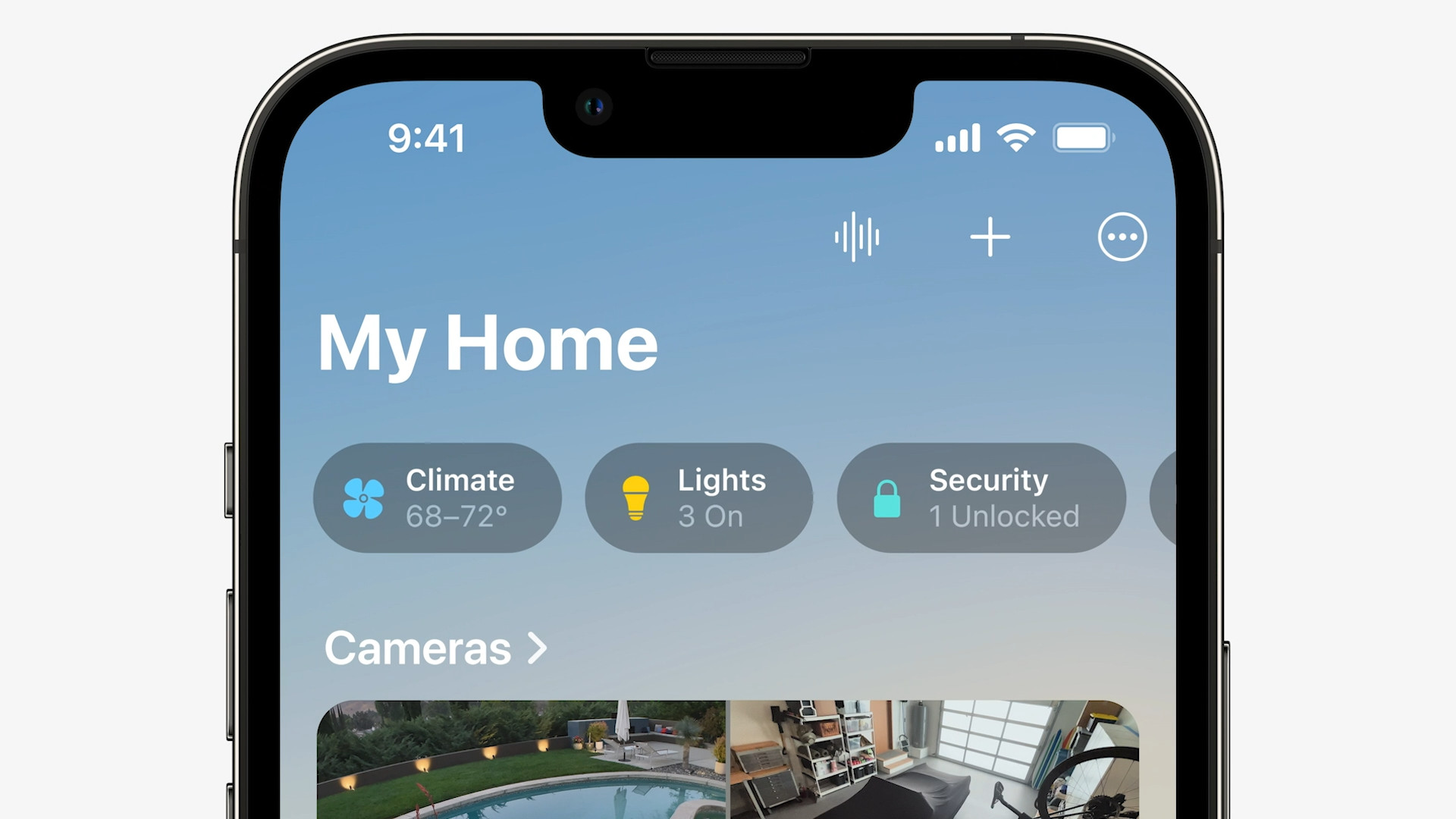
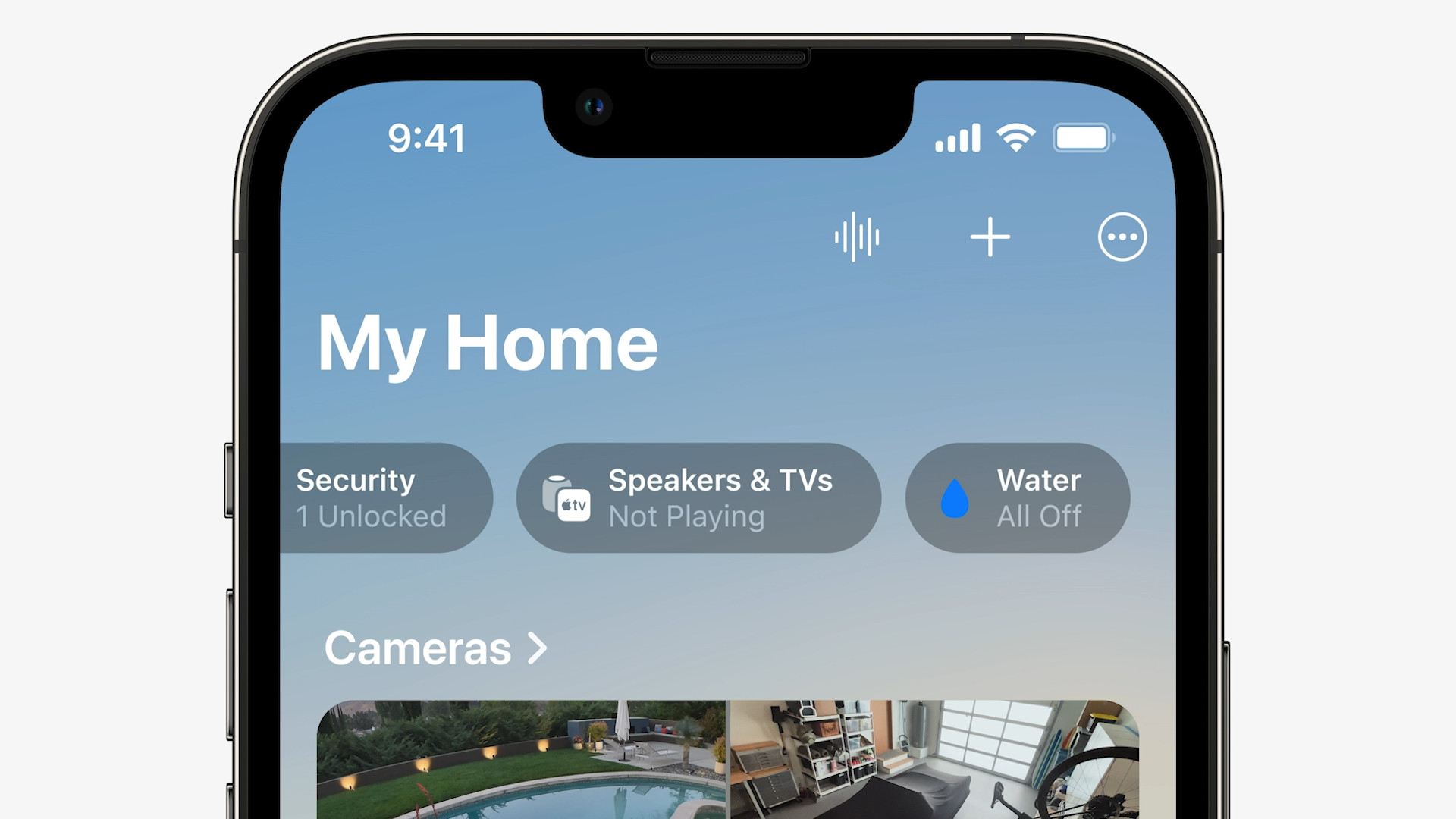
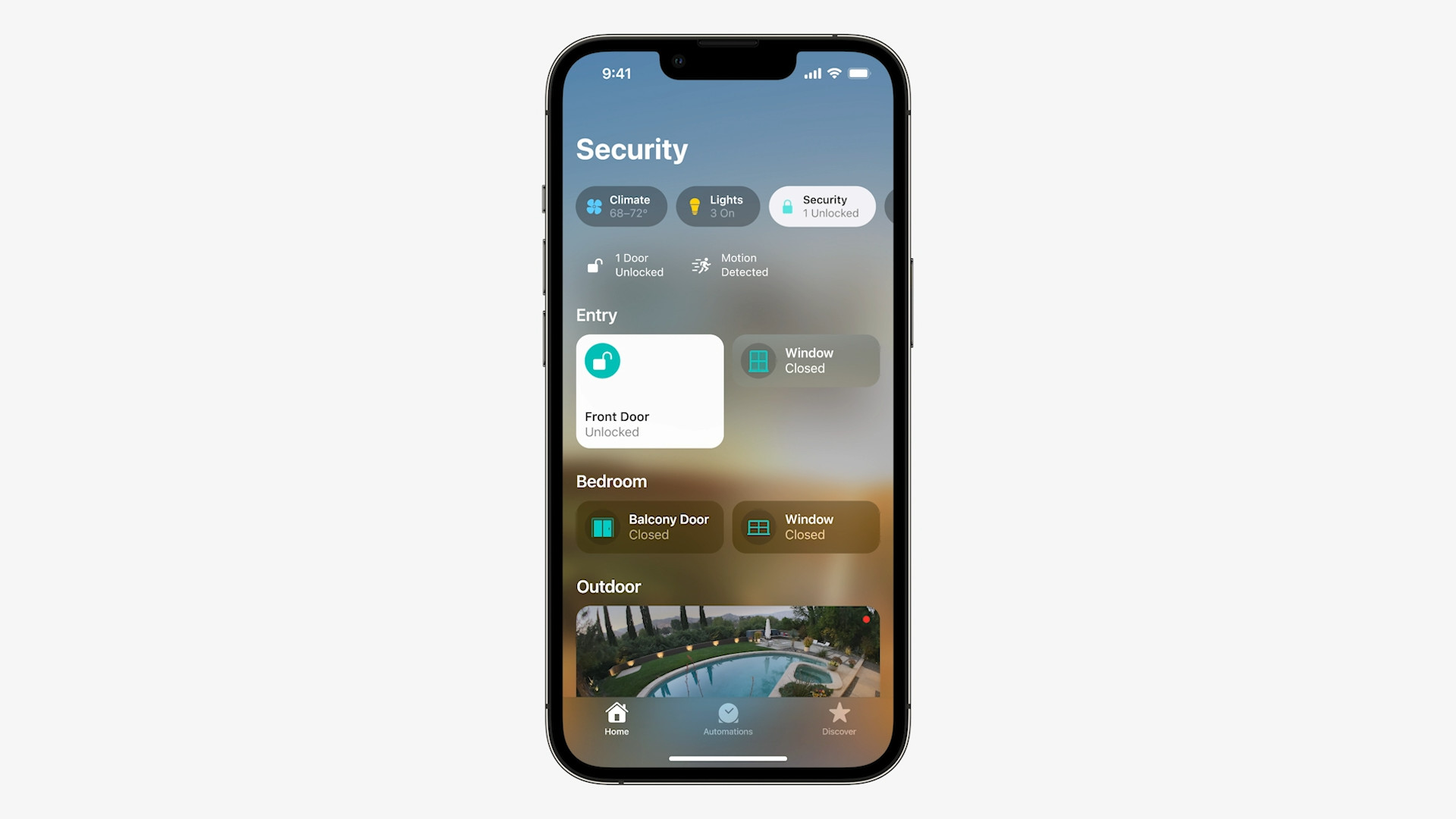
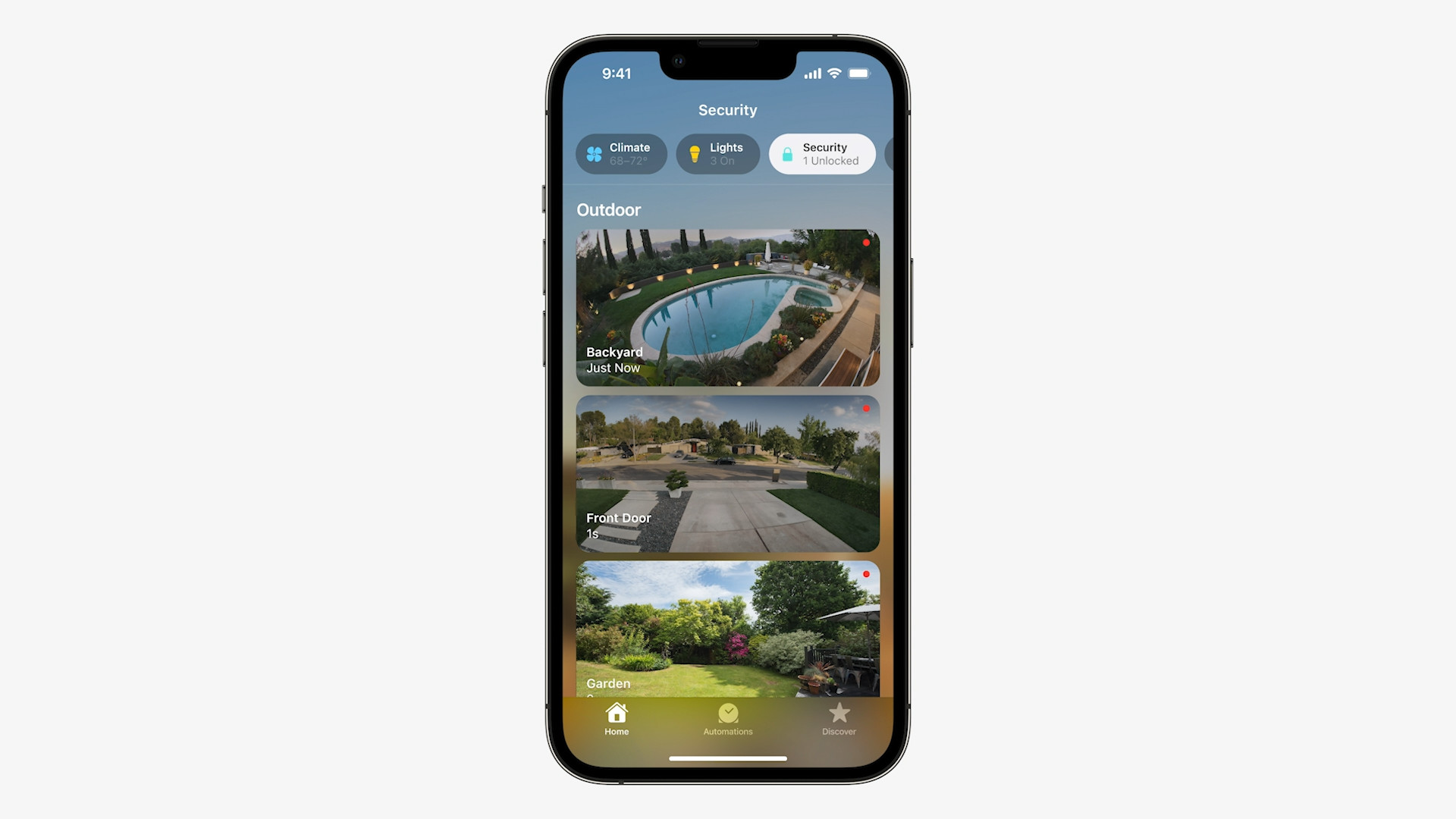
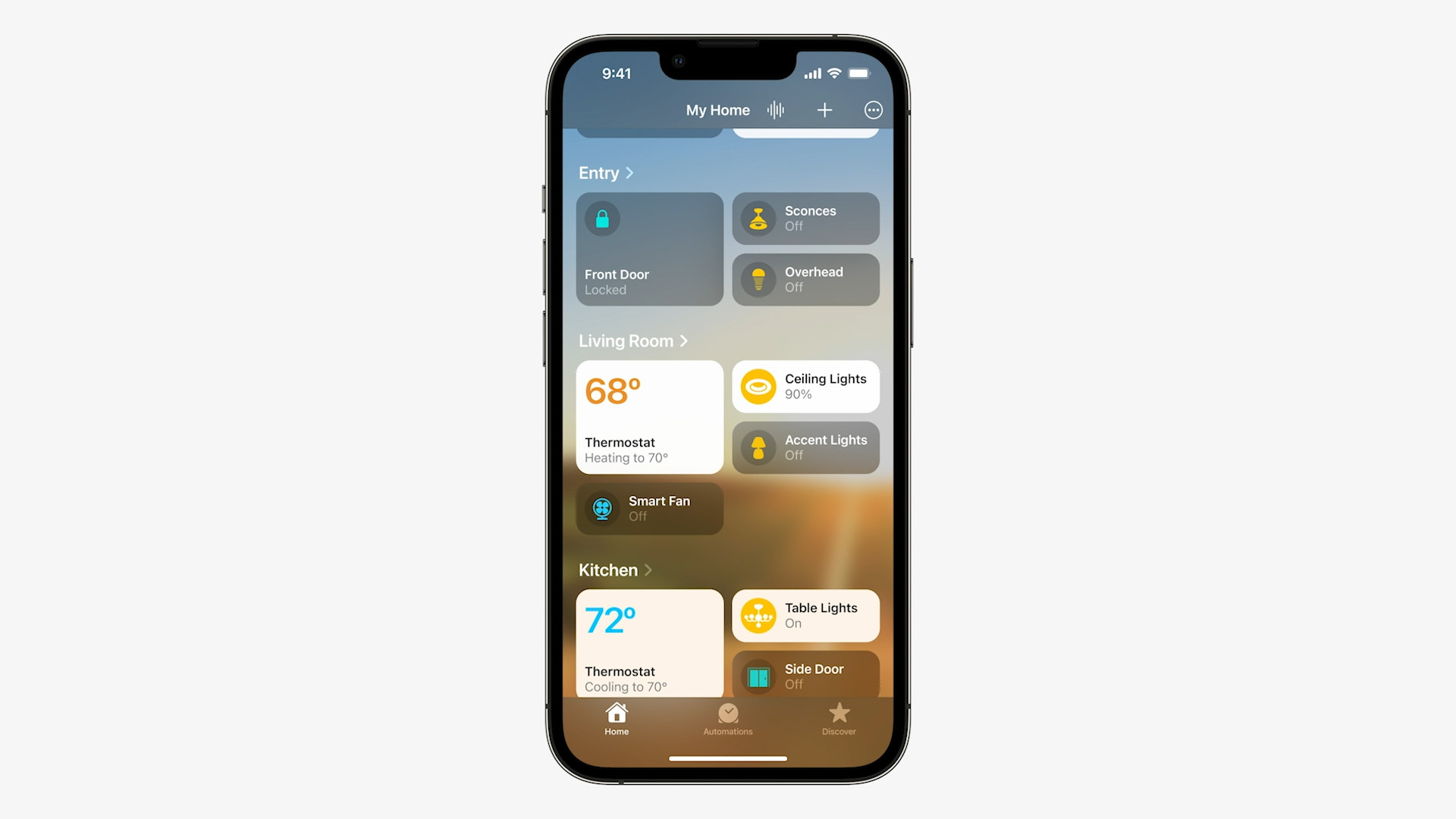
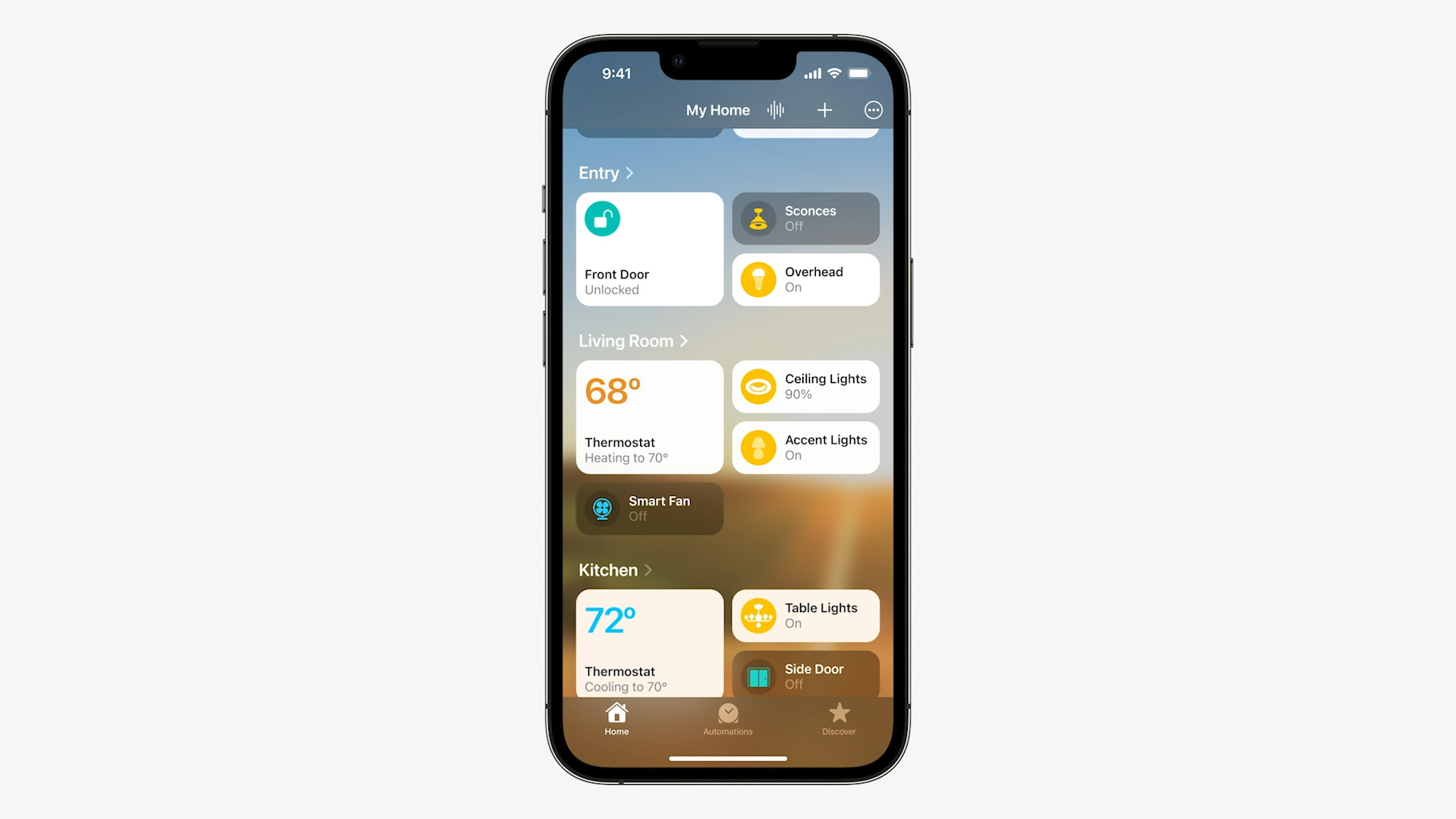

 Adam Kos
Adam Kos
when I bought the homepod it clicked hey siri and it worked...today after 3 to 4 attempts hey siri finally reacts....waste all over....it's not what it was....everything is bugged....5000 security doors disgusting....
And what older iPhones do is better not to talk about. We have several-second jams, mainly in the notification center. Inability to move applications between desktops, etc. (iP XS, SE2020 and 11PRO)
I'm glad I'm not alone. The repetition of Hey Siri is already getting on my nerves, I guess I started screwing up with version 16. I also like how I can decorate my lock screen - I don't look at anything else (joke), but stupid wallpapers don't solve it. Example: I still have dark mode and a dynamic wallpaper (the default one from iOS 15) selected - more than once it started to change to light mode, so I tried restarting and it doesn't work. I later found out that when I play music on the HomePod and the images of the albums being played are dark (maybe the writing is also to blame), the wallpaper not only on the lock screen but also on the desktop switches to a light version and it burns my eyes at night. After the playback ends and after the playback disappears, that lock screen jumps back to the dark version of the wallpaper…
*cough* you mean after years ;D
So stop whining and go for an alternative. They run it without errors. The Mamlas...
Not just iOS. The last Monterey update messed up the memory management and the overall performance of the mac (intel) after waking up from sleep is pretty sad